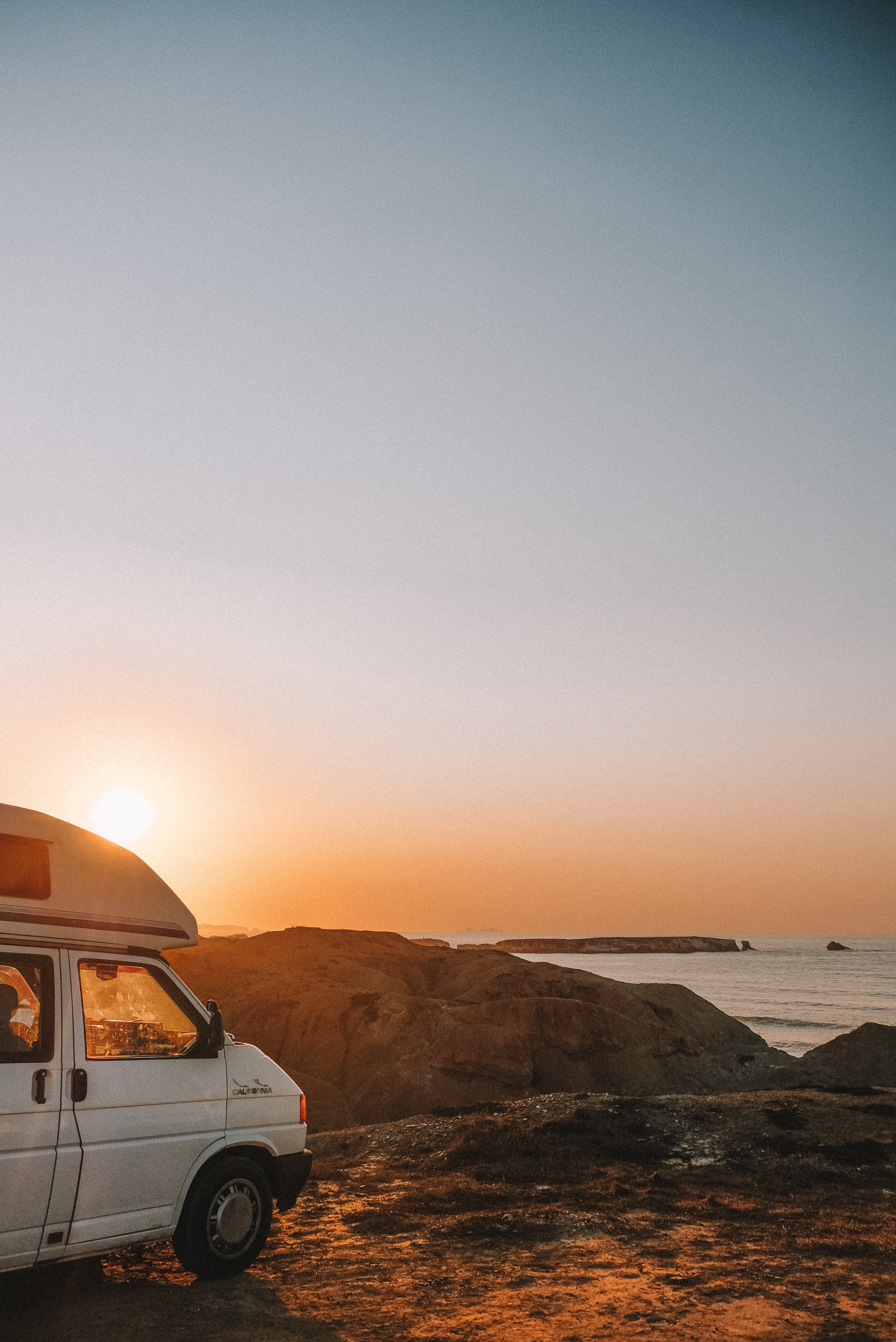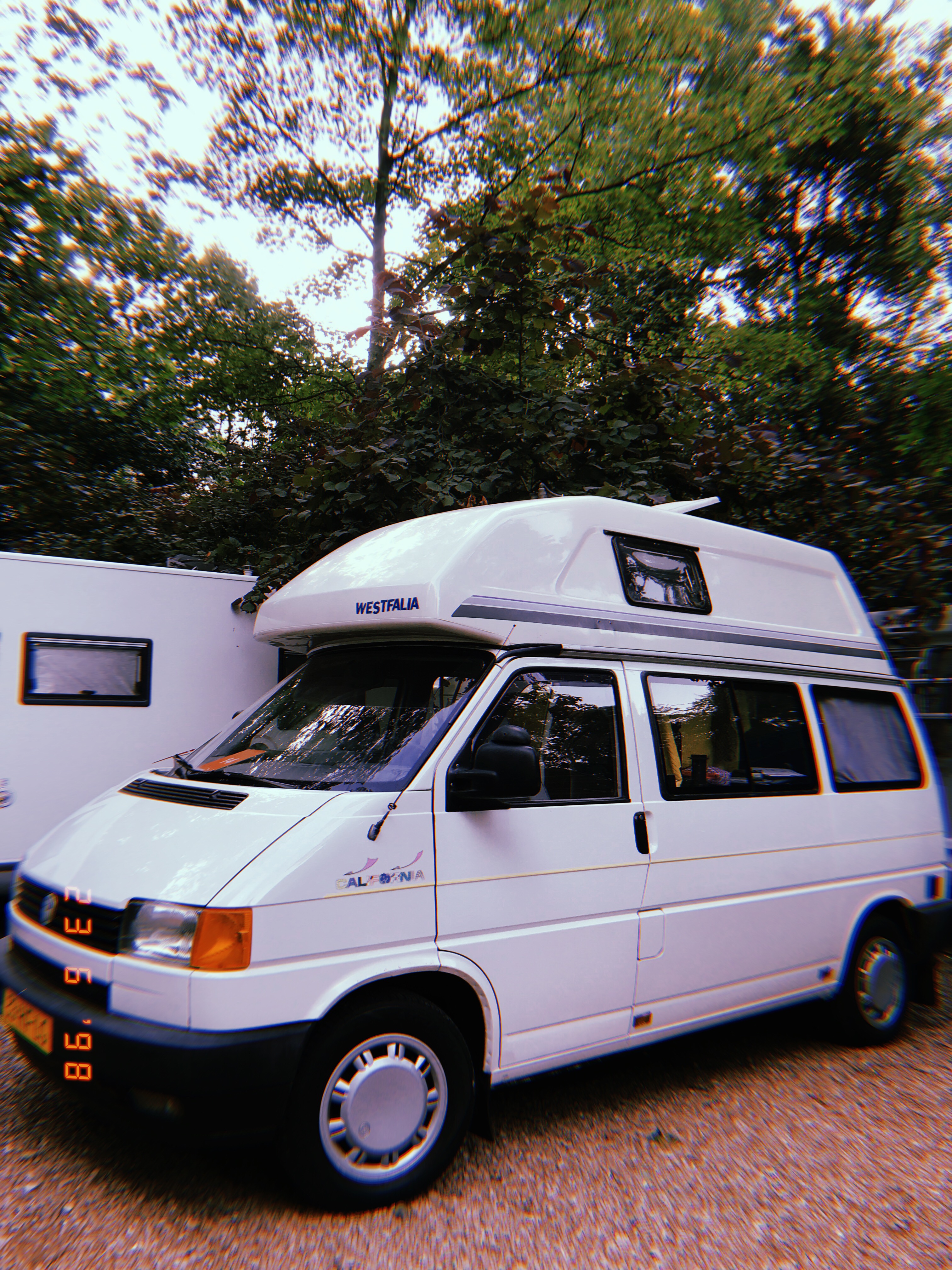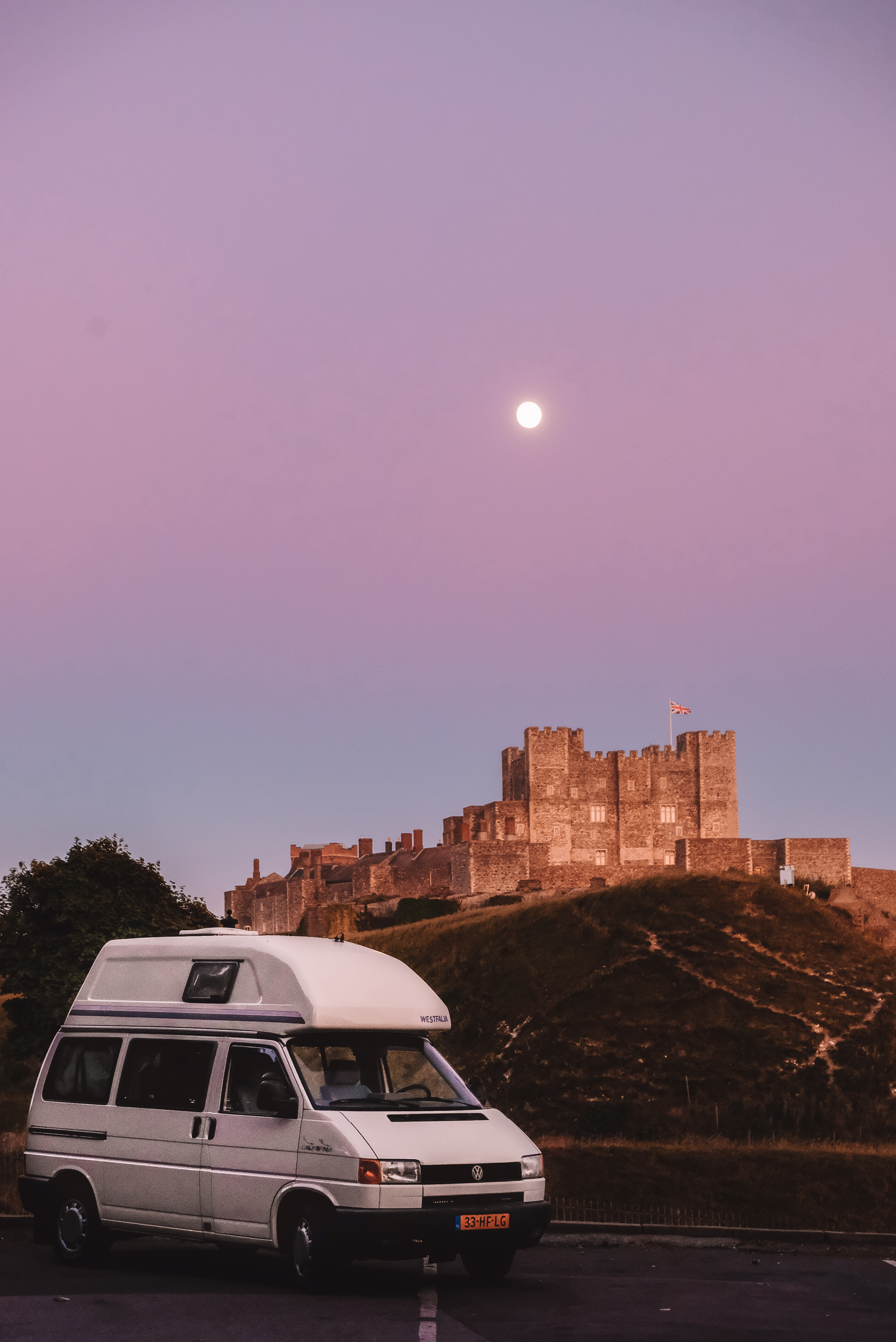
So here is the second instalment of our van series [if you missed the first, you can find that here]. This probably one of the most asked questions on my Instagram, so instead of replying individually I thought I’d share everything we’ve learnt so far here.
BUYING VS RENTING
First things first, if you’re planning to do a road trip around Europe you need to decide whether buying or renting a van is the right option for you. This will largely relate to how long you’re planning on travelling for.
On average it costs a minimum of $100 AUD per day to hire a van, so if you were doing a 3 month trip you would be spending at least $9000 on van hire alone. These were the cheapest quotes we could find just to give you some idea.
Some other things to consider before committing to buying a van:
MAINTENANCE
Unlike renting a van, the responsibility and costs of maintaining the van fall onto you. So any servicing the van requires during your trip (and this is fairly likely, particularly with older vehicles) will be organised and paid for from your own pocket (hence the additional savings buffer I recommended in my previous post here). Whereas with renting, and I’m sure each company would have its own T&Cs, there would be some things included in your rental fee.
RELIABILITY
Like in all situations, there is absolutely a risk when buying something online. Is what you’re seeing, what you’re actually getting? When hiring from a rental company, there is greater accountability and online reviews which will guarantee some reliability. However, even with the greatest of research skills, there is a degree of risk and a WHOLE lot of trust when buying a van from an individual.
VAN SET UP
When renting a van, it is likely it will have most things you require for life on the road. However, unless the van you purchase explicitly states that it includes other items, you will need to allow additional money to set up the van with all the essentials i.e. cooking utensils, bedding etc.
However, the main downfall of renting a van is that is it dead money. Alternatively when you own the van, and hence can sell it, you can get at least some money back at the end of your holiday.
HOW WE BOUGHT OUR VAN
If you are not a European resident, it is tricky to purchase and register a van in your name. There are a few exceptions to this rule for non-European residents.
TWO OPTIONS
1. UK
In the UK, can purchase and register a van, so long as you have a UK address. Which means you can use a friends, or family members address to do this (if you have one)
We did not use this route because most vans in the UK are right-hand drive (because they drive on the left side of the road) whereas the rest of Europe drive on the right side of the road and hence have left-hand drive vehicles. It doesn’t matter what side the driver is on, it is legal to drive either in both the UK and Europe. However, as we are spending most of our time in Europe, we felt it would be easiest to have a left-hand drive vehicle to suit driving in the right lane throughout Europe.
2. Netherlands and Germany
In the Netherlands and Germany you can use a middle-man to purchase and register your van. We personally went through Donna of Turner Cars & Campers.
For a modest fee, she can assist you in purchasing a van in a few different ways–
– Selling a van of her own,
– Recommending vans from other sellers that she has found
– Inspecting and advising on vans that YOU have found online
We found our van on Marktplaats, which is essentially the Netherlands version of Gumtree. After my husband, Tom, had done extensive research on van/van life, he knew exactly what van he wanted and decided to find it himself.
THE PROCESS
I’m sure there are other ways to do this, however we can only speak on how we went about it. Purchasing your van through Donna or someone similar will involve:
1. Finding and choosing your van
Following one of the above options
2. Transferring money online
Using Transferwise or something similar, once you have found your dream van (Donna has inspected it and you are happy to move forward),
3. Organising Storage
Donna will assist you to organise storage until you arrive. We paid around $50 AUD per month to store our van until we arrived in Europe.
4. Picking up the van
You will arrange to meet Donna and finalise any paperwork with her before you pick it up.
BUY IT BEFOREHAND, OR WHEN YOU GET THERE?
We bought our van in advance, because we wanted to be ready to hit the road as soon as we got there, and had managed to find the perfect van a couple of months earlier.
Some people prefer to inspect and purchase their van in person. The obvious advantage of this, is knowing what you’re buying.
The disadvantage being the logistics of time spent looking around, whether or not a suitable van will be available when you are looking and given this procedure will, for most of us, be taking away from your allocated time allowance to be within the Schengen areas.
To give you an indication, Tom spent at least 2 months regularly trawling online before our van popped up.
If you do decide to wait and purchase you van in person when you arrive, I would suggest keeping in mind the time of year you choose to travel. Given that summer is an incredibly popular time and there will be more competition and possibly less options of vans to purchase.
WHAT TO LOOK FOR IN A VAN
There are many differences between campervans and hence a number of things to consider when choosing a van that will suit you.
LAYOUT
There are sooooo many different van layouts, all having their own pros and cons and tradeoffs. Like renting or buying a home, its important to consider your “essentials” or must-haves and then your “ideal” or “nice-to-have”. These are some general things to consider when shopping around for vans:
Bed
What size is the bed?
How many beds do you need?
Does the bed pack away?
Kitchen
Do you want the kitchen in the middle or back of the van?
Seats
How many seats do you need for driving? Do you have somewhere to sit in your “living room”?
Table
Does it have a table built in or requires something seperate?
Storage
How many cupboards do you want?
HEIGHT
Standing height (inside your van) makes for a roomier van that feels less claustrophobic and may also provide extra storage space. The disadvantage of this, is that it prevents parking underground and even some outdoor carparks that have a height limit upon entry.
A compromise is to get a “pop top” van which will allow to park most places, and you can pop the roof up when you want more space (or an extra bed, depending on the layout).
The disadvantages of these pop-top options are:
1. More obvious
It is harder to camp stealthily when you have the pop top raised. Thus you are more likely to be noticed by authorities and potentially asked to move along.
2. Less storage
SIZE (LENGTH & WIDTH)
Bigger is better right?…welllll…no… size definitely isn’t everything.
Although a bigger van will give you more space and storage, many parts of Europe and the UK are known for their narrow streets. Thus a longer and wider van (not to mention a motorhome!) will make it harder to drive and park in most places. Even in our van, which is about as narrow as a regular car, we’ve had some stressful times navigating city streets.
FACILITIES
Kitchen
One of the best ways to save money on the road is cooking your own food, hence having a means to do so is essential. Some vans have a built-in kitchenette inside the van, whereas others may fold out from the boot. We have found having our two gas burners, sink and fridge inside the centre of the van amazing because we can cook meals in any weather, parked anywhere.
Fridge
Toploading fridges are generally considered to fit the most (and definitely hone your tetris skills).
Stove tops
There are many different types of cook tops/fuel sources. Including reusable gas cylinders, disposable propellant cans or methylated spirits burners (this is what we have). All these fuels can be found fairly easily and refilled throughout Europe, so ultimately it doesn’t really matter what type your van has.
Water
Having an inbuilt water tank which you refill along the road is essential. As is a grey water tank attached to the sink, which you empty at designated disposal areas around Europe.
Toilet
Many vans do not have toilet facilities and just use public restrooms or facilities in restaurants, gas stations and campsites. Many also use inbuilt or Porta-potty systems which you treat with chemicals to nullify any odour and are emptied regularly at easy-to-find designated zones around Europe. We have a Porta-potty which we use for number 1’s only and have found it to be invaluable on our travels. It is odourless, and having had one, it is definitely worth the small hassle of cleaning/maintaining. It is especially useful for middle-of-the-night, emergencies when you are staying in town and a “bush wee” is hardly appropriate.
Our van fortunately came with one, and I was EXTREMELY sceptical before our trip as to whether I would EVER want to use it… but now we wouldn’t travel without one. Plus, there is nothing like furthering the intimacy between you and your partner (of course, you can always ask them to leave them van).
Shower
Most vans do not have a shower, but again, some have inbuilt systems and others will use outside “hacks” to shower. There are a number of ways to shower on the road i.e. fresh showers at the beach, campsites or paying small entrance fees for gyms or pools (more on that here). If you’re like us and your kitchen tap is an extendable hose, you can use this for quick showers that help extend your time between staying at campsites.
POWER SOURCES
Most vans will have a main car battery (that starts the car + usually powers everything in front of the drivers seats including radio, cigarette lighters, headlights etc). Other features of the van (i.e. fridge, waterpump etc) are powered by a leisure battery. These batteries are recharged via the alternator when driving, being plugged into electricity (if you can) at campsites or a solar panel (if you have one). The more power your leisure batteries and/or solar panel have, the longer you can stay parked off-grid, without having to drive or plug in to recharge. A good leisure battery, fully charged after a drive, should give you at least a couple of days worth of power.
Our van, and some others, will have a powerpoint to plug in and power the van when you are staying at campsites. This enables us to charge all of our devices using a regular powerboard. We’ve found this incredibly useful during our travels, and is something worth considering when looking for your van (it will be described as something like 240V mains input)
WINDOWS & VENTILATION
Travelling in a van isn’t always comfortable, especially in summer. So it is important to think about how you’re going to keep cool when sleeping. Have windows that can actually open in the back of the vehicle has been incredibly helpful for us in our attempts to stay cool. Windows also help us to not feel claustrophobic as we have plenty of natural light. Windows in the back of the van also help with safety and visibility when driving and parking, so if your van doesn’t have windows in the back, a reverse camera could be incredibly helpful.
BIKE RACKS
Bike racks are a great addition as this means you can park outside the city (which is often safer) and still access the city in a quick, easy-to-around-way. We often wish we had them, however decided against the additional expense. NB bike racks will make your van longer, and thus a little bit harder to park. And you also run the risk of having your bikes stolen.
OUR VAN
Our van is a 1991 VW T4 California Westfalia (high top). This is a well-known, common stock model that has been consistently made for decades.
We chose this van for several reasons:
– There are lots of them, so easy to find options online
– They are well-made (not DIY home jobs)
– They have the most efficient use of space we could find, even though it is about the smallest van you can buy.
– You can sleep four people, and drive with four people with seat belts (which many vans cant do).
– The front seats swivel around, which gives you a larger “living” space and gives you and your partner some extra space apart when/if you need it.
– It is generally easier to have serviced because it is a common van and a stock model.
– It has a high roof – for extra storage and standing room
– It’s small size makes it easier to drive around and park
You can watch my Instagram highlight for our van tour which shows you the exact layout. We’ve loved our layout and have found it makes incredible use of the space and is super versatile to suit all of our needs.
BEFORE YOU LEAVE
INTERNATIONAL LICENSE
You will need to organise an international license before you leave. It’s a simple process, just make sure you allow a couple of weeks. If you’re Australian, you organise it through NRMA.
INSURANCE
Separate to travel insurance, you will need to organise at least Third Party insurance for your van (in case of any accidents). We organised ours through Donna.
BOOK MECHANIC SERVICE
A stitch in time, saves nine.
Book a mechanic service and checkup before starting your trip to ensure your safety on the road as well as to avoid any unwelcome and potentially expensive breakdowns on the road.
If possible, I would HIGHLY recommend trying to book this before you arrive as we personally found most mechanics were very busy and had long waiting times before any available appointments. So taking the time to research a mechanic, close to where you are picking the van up and booking an appointment (via email or something) in advance would be well worth the effort in the lead up to your holiday.
Although Donna was reliable in regards to communication, the buying process and meeting us to pick up our van, she is not a professional mechanic. Our van was mostly as described, however there were a few unexpected surprises of things not working, and needing to be fixed that we didn’t account for. Although we thought we had a working solar panel (based on the ad listing and Donna’s word), when we arrived we found it was broken and the leisure batteries and charger were also dead and needed replacing (which was rather expensive). However, given your options to purchase a van overseas are relatively limited, we accepted this as part of the process, but only further stresses the need to have your car serviced by a professional before embarking on your road trip.
Hope this is helpful to you all, stayed tuned for the next post…
Also I do apologise for the complete lack of fashion content, or anything that isn’t travel/van related. I’m working on some stuff, and as always let me know what you’d like to see more of.
K x


